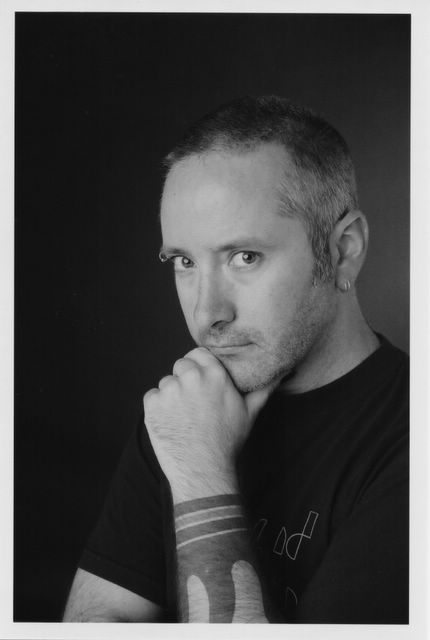TAXI
 ‘Down these mean streets a man must go who is not himself mean, who is neither tarnished nor afraid.’
‘Down these mean streets a man must go who is not himself mean, who is neither tarnished nor afraid.’ When he wrote those words for a 1945 essay in The Atlantic Monthly, Raymond Chandler was describing the ideal private detective, such as his own Philip Marlowe, the protagonist of hard-boiled classics like The Big Sleep (1939) and Farewell My Lovely (1940), but they could also apply to the protagonist of Patricia Cornelius’ latest work, the site-specific performance piece, Taxi.
Created for this year’s Big West Festival, and directed by Susie Dee, Taxi sees a small audience seated in the back seat of a taxi and driven about Footscray, from busy thoroughfares and desolate riverbanks to quiet suburban back streets. Throughout the journey, as a subtle sound design broadcasts snippets of talkback radio, opera and dispatch calls, we witness the trials and tribulations of the taxi driver (the quietly charismatic Rodney Afif, in this instance) as he goes about his daily drive, encountering everyone from scammers and drunks to a potentially suicidal passenger.
This is not the first time such dramas have been created with passengers in mind – Hackney Horse at this year’s Melbourne Fringe Festival explored similar themes, albeit more confrontationally, while Robert Reid’s Empire (2004) explored Australian bigotry and anger in a parked car, with the rear-seated audience looking on – but as one would expect from an award-winning writer like Cornelius, this is a nuanced and fascinating work, which over the course of its 50 minute running time slowly allows a simple, subtle plot to emerge.
Not everything that happens is strictly by the book – the rules taxi drivers must follow regarding drunk passengers, for instance, are overlooked to ensure a dramatic resolution; and it’s unlikely that so many colourful passengers would be encountered in such close proximity, let alone in a single day – but such minor flaws don’t really impact on the structure of the piece, and certainly don’t reduce its effect.
At least half the play passes in silence, save for the soundscape and the sounds of the road, and when drama does unfold, it’s often understated. The first passenger is a young woman who shrieks with delight on her mobile phone while virtually ignoring the driver, except to order him about. Next comes a sad young woman who nurses an empty blanket as if it were a child, and who speaks no English. When the driver drops her off at a refugee referral centre, he is still forced to ask for money for the fare despite doing a good deed – a sad reminder that few people can afford to be a knight errant in this post-GFC age.
Audiences will experience different characters and different stories depending on their particular taxi driver and the route they take; and I am loathe to describe events in detail for fear of spoiling the considerable impact of this considered and engaging production. But watching the world pass by as we drove about Footscray, I suddenly began to see the world through the driver’s eyes – every person we passed was a potential passenger; everyone was a potential actor, with a story to tell.
Back at our starting point, the ride ended with a short, affecting coda – a video featuring firsthand accounts from real taxi drivers; an all too human reminder of the intrinsic truth of this work.
It’s a rare piece of theatre which changes your view of the world, even temporarily, and it’s a credit to Cornelius, Dee and their team that Taxi does just that.
Rating: 4 stars
Taxi
Presented by D & Associates and the Big West Festival
Writer: Patricia Cornelius
Director: Susie Dee
Assistant Director: Nicci Wilks
Visual Media: Tamsin Sharp
Composer: Ian Moorhead
Production Manager: Bec Moore
Production Assistant: Brienna Macneish
Costume: Zoe Rouse
Cast: Rodney Afif, Angus Cerini, Ananth Gopal, HaiHa Le, Amanda Ma, Nicci Wilks and special guests throughout the season.
Departs from Bluestone Performance Hub, 10A Hyde Street, Footscray
November 16 – 26
Big West Festival
November 15 – 27
www.bigwest.com.au
This review originally appeared at Arts Hub on November 25th 2011.
Labels: 2011, Big West, Footscray, Melbourne, site-specific, theatre
























